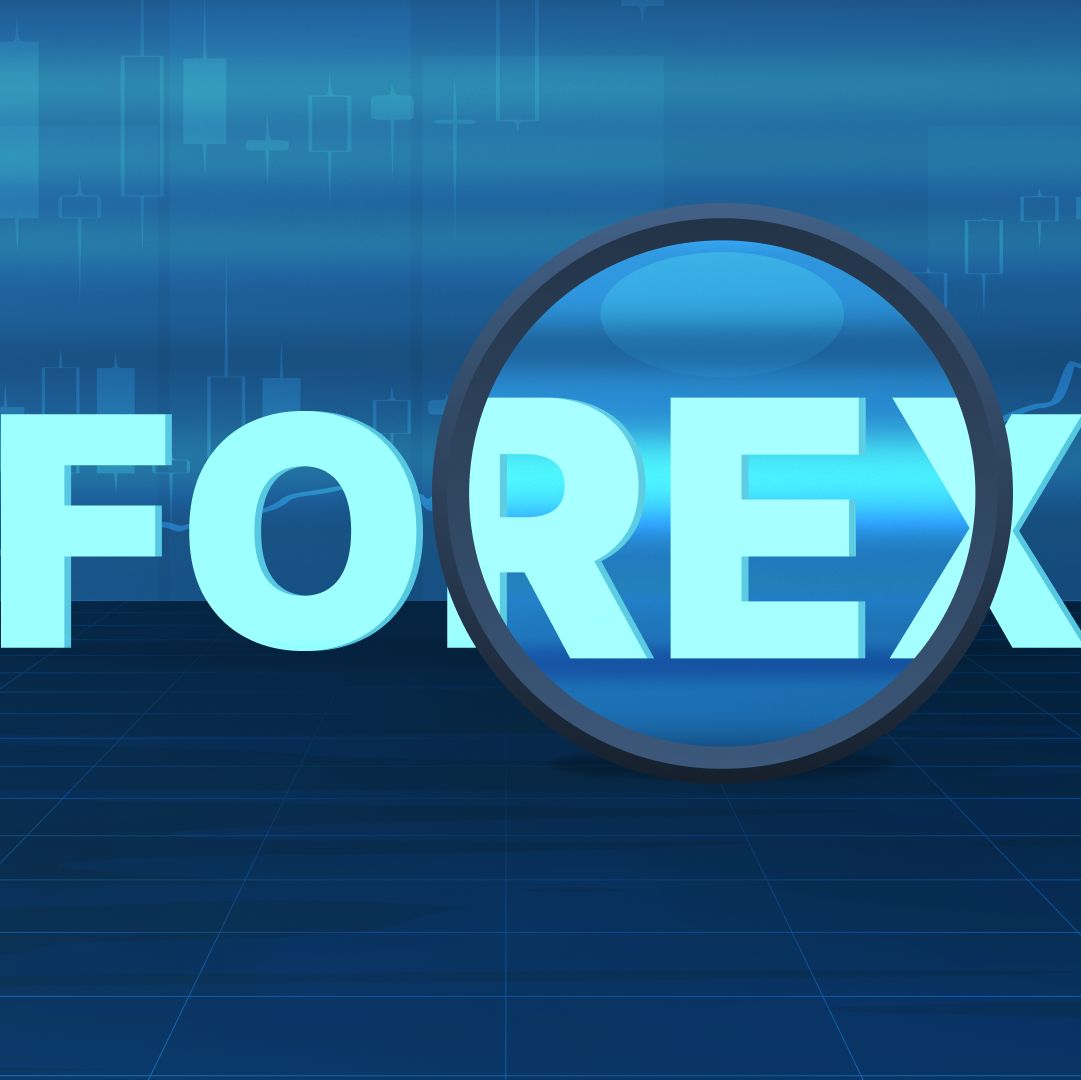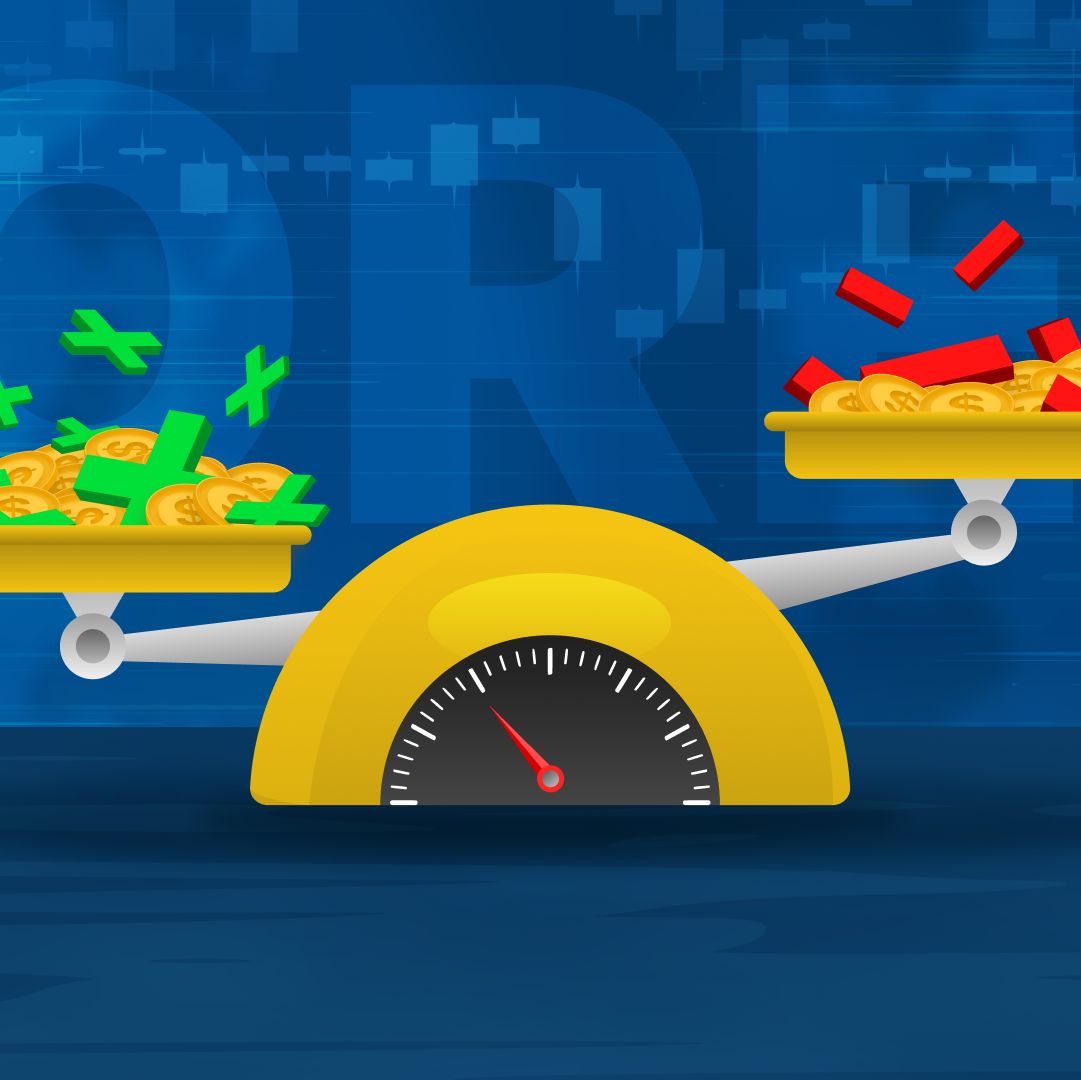Frequently used terms
The Forex community uses a vast number of unique terms. Some of them are mentioned daily, so it will be challenging to manage without knowing their definition. This terminology is often explained by even more obscure sentences, which only complicates the work of a beginner. In this regard, you should study Forex terminology, written in words that everyone understands.
Frequently used terms:
- Trader. Users who carry out various operations on Forex are called traders. They do not have the opportunity to trade directly with the exchange, so they use the services of brokers (intermediaries).
- Active. This concept refers to the subject of trade. It can be various currencies, securities (stocks, bonds), cryptocurrency, energy resources, etc.
- Quote. It is called the current price of a trading asset, at which traders are ready to carry out various operations (for example, buy or sell).
- Bulls and bears. These words are called market participants who earn on an increase or decrease in the value of an asset. Bulls get their income by buying a currency or securities at the lowest price with a view to further selling (carried out when the cost of an asset rises to a maximum mark). Bears make money in a radically different way. They borrow currency or stock from a broker and sell it at a high price. After that, they wait for the price to fall and buy already cheaper assets, which they return to the broker.
- Volatility. This indicator shows the average range of price fluctuations of any asset. The minimum values of volatility will indicate the stability of the price, and the maximum – is the presence of sharp jumps in value.
- Demo account. This term means an account on which there is not real but virtual money. It is offered to traders as a test account, with which you can try your hand at trading without fear of losing large sums of money. In most cases, a demo account is used by beginners who want to know all the nuances of Forex trading.
- Deposit. This word refers to the money that a trader deposits into his account. Replenishment takes place in a user-friendly currency, after which it is automatically converted into money used for trading on the exchange. Most often, there is a limit on the size of the deposit. They are selected depending on the broker's wishes or its platform's ability to conduct transactions with specific amounts.
- Trading indicator. It is an application tool used in the client terminal and intended for displaying lines on a price chart. The latter are formed based on various calculations and help traders assess the likelihood of a price line reversal in the opposite direction. Simply put, indicators allow you to determine the approximate point on the chart at which the price of an asset will sharply fall or rise.
- Divergence. It represents the divergence of the indicator and price charts. Such an event is a signal that soon, the value of the asset will increase after a fall or decrease after a rise. It is this moment that traders use to open/close transactions.
- Diversify. This concept means the actions of a trader, in which he simultaneously opens transactions with several assets (different mandatory ones). This approach to trading helps to reduce risks, as well as compensate for losses from one operation with profit from another.
- Timeframe. It is called the period in which quotes are formed into groups, and various chart elements are lined up. In trading, you can use different timeframes, ranging from 1 minute to 6 months.
- Candle (Japanese candle). It is called a kind of price chart that displays any changes in the quotes of trading assets. Such candles are the most convenient option for showing price fluctuations. They demonstrate the period of growth or fall in value and the minimum and maximum values in a certain period. Japanese candlesticks are very simple and convenient for traders. This makes them popular and widely used.
- Trend. This term is understood as a stable movement of the price chart in one direction. If the trend is growing, it is called bullish, and if it is falling, it is called bearish.
- Leverage. This concept is used by brokers who offer traders their platforms for work. It means the ratio of money in the account to the amount of finance used in trading. Leverage is indicated through a colon (for example, 1:100).
- Stop loss. They call it a unique limiter, which the trader sets to minimize possible financial losses. With the help of a stop loss, trades are closed if the value of the traded asset falls or rises beyond the limit specified by the user.
- Pending order. This concept means a trader's request to conduct transactions with the selected asset after the price of a currency, stock, metal, and other things reach the level specified by the user.
- Trading strategy. It is nothing more than a trader's plan of action. The process involves implementing specific operations that will help minimize risks and maximize profits.
- Breakdown. It is called the movement of the price line in the current direction after overcoming the signal level. Such an event indicates that the price will continue to rise/fall shortly, and further trend development may accelerate.
The abundance of various Forex terms is impressive. Most of these concepts are unknown to ordinary people and novice traders. To find out their meaning and use them in your work in the future, you need to study the correct definitions. Having done this, you can safely get to work and conquer the world of Forex with your knowledge.




Leave A Reply
Your email address will not be published. Required fields are marked *